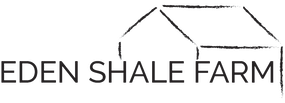|
Spring has officially hit at ESF. The grass has started to green up and the trees are just starting to bud out. We are wrapping up calving now, only have 19 more cows to go. We have had a great calving season this year. We ended up having 62% conception rate for our AI, and 63 of the 82 cows calved in the first 35 days of the calving season! That alone was worth syncing the cows and doing the AI work. For more info on calving at ESF, see the previous post. On March 2nd we had a set of twins. The mama is a first calf heifer and despite claiming both calves, she does not have enough milk to raise both of them. To alleviate this problem we have decided to partner with the Kentucky Beef Council to document the journey that these twins will travel throughout their life in Kentucky. The red steer, now named Clooney, will stay at ESF with its mama and be raised in the herd. The black heifer (Loretta) has gone to the Kentucky Beef Council to serve as a mascot and learning tool. She will travel to schools and field days (as a halter broke bottle calf) to help children learn about where their food comes from. The Kentucky Beef Council will be documenting her travels and I will be following Clooney here at the farm as he grows amongst the herd.
Both will have interesting journeys, and it will be fun to follow them along their different routes as a Kentucky feeder calf. Calving season is in full swing at ESF this month. We have 82 females bred to calve this spring. As of writing this we have 44 calves on the ground, and knock on wood, we have not had any trouble or lost any calves. As you may recall we AI bred everything last year and then turned in some cleanup bulls. We are right at our break between AI service calves and the natural service calves. We have hit right at 60% conception with our AI service for both our first time heifers and the cows. We targeted for March 1st due date, but by March first we had 33 calves on the ground! The AI protocol has helped us in two ways. We have a more consistent calf crop, both in size and color. Other than a few smokes, and red baldies, every calf has been either a black baldy or solid black. We have also condensed our calving window. I will not now by how much until we are finished calving. I can tell you that last year we had a few early May calves, and this year they are all looking like they are going to calve by early to mid-April. Again, this will give us a more consistent and uniform calf crop. Another component of our successful calving (thus far) is the use of our newly renovated maternity barn. Dr. Higgins helped us renovate this structure to accommodate calving season and the need to have the cattle near a facility that can help improve management of the herd. We dug out the old dirt floor and then installed a geo-grid and backfilled it with 6 inches of DGA. Then we put 8 inches of wood shavings on top of that. We also reconfigured all the gates to facilitate the calving in the barn. We also added a Tarter head chute in the maternity barn in case we ever need to pull a calf, help a calf to start nursing, etc. If the chute allows you to save just 2 or 3 calves it has paid for itself. You can never go wrong with good facilities. So far the maternity barn has been working flawlessly. We have the first calf heifers in a field right beside the barn. As they calve they get moved into the barn and spend about 24 hours there getting dried off, confirming that they have nursed, and just making sure they are strong and viable before we turn them out. We ear tag the calves and turn the pairs out to a different pasture as they are able. This constant flow of cows and calves through the barn has worked very well and the animals are not spending enough time in the barn to create a big mess. We have been rotating pairs through the barn for about 25 days now and you can see that the sawdust is still providing clean and dry bedding for the calves. We will add straw for clean bedding as necessary, but it looks like it will be minimal at this point. I am very pleased with the way the maternity barn has been working. It has allowed the calves to get out of the mud, dry off, and get a strong start. I can’t help but wonder how many fewer calves would we have lost in last year’s harsh weather had we been using this facility. For ESF, it has made all the difference.
|
Archives
June 2024
Categories
All
Welcome |
CONTACT US |
EMAIL SIGN UP |
|
Eden Shale Farm
245 Eden Shale Rd. Office: (859) 278-0899 Owenton, KY 40359 Fax: (859) 260-2060 © 2021 Kentucky Beef Network, LLC.. All rights reserved.
|
Receive our blog updates
|

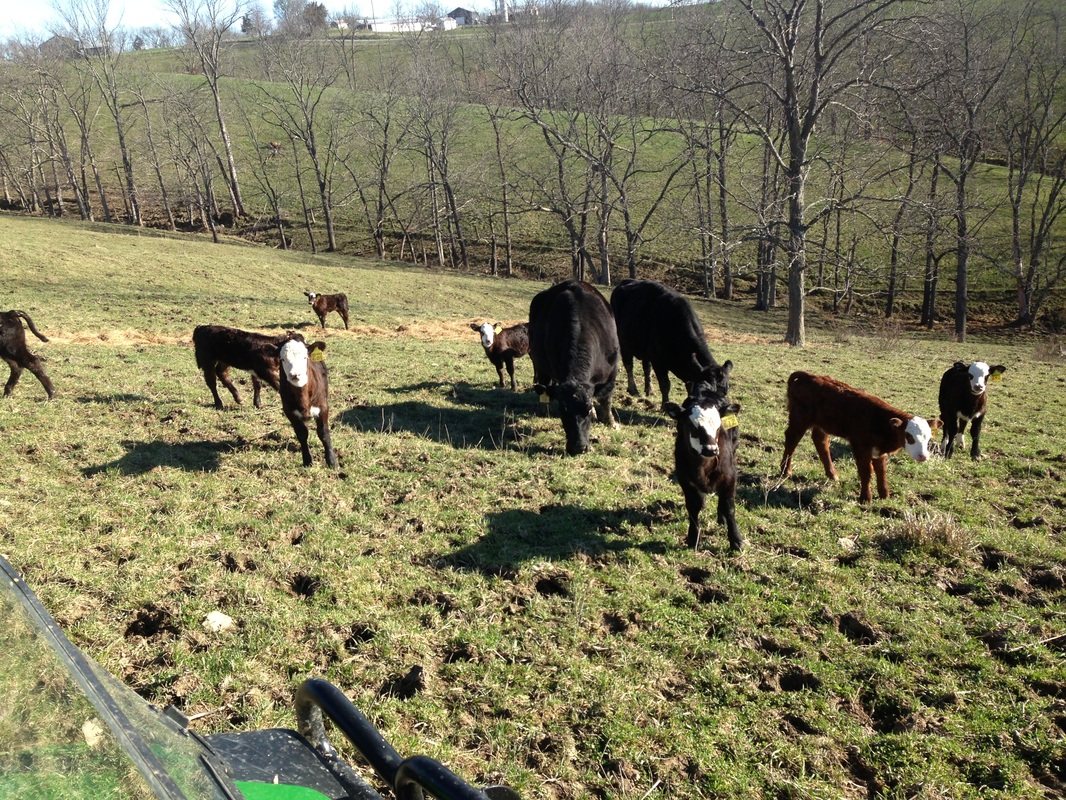
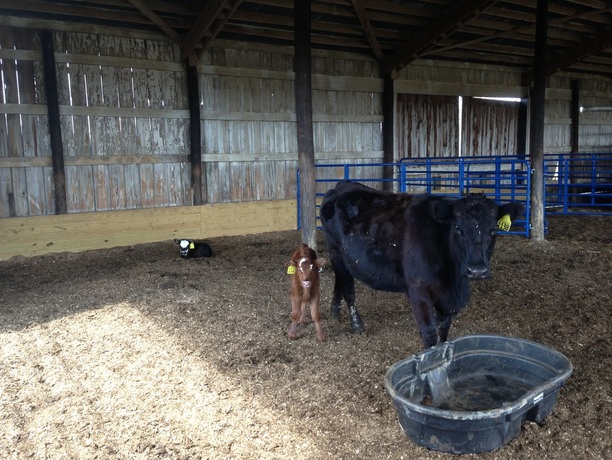
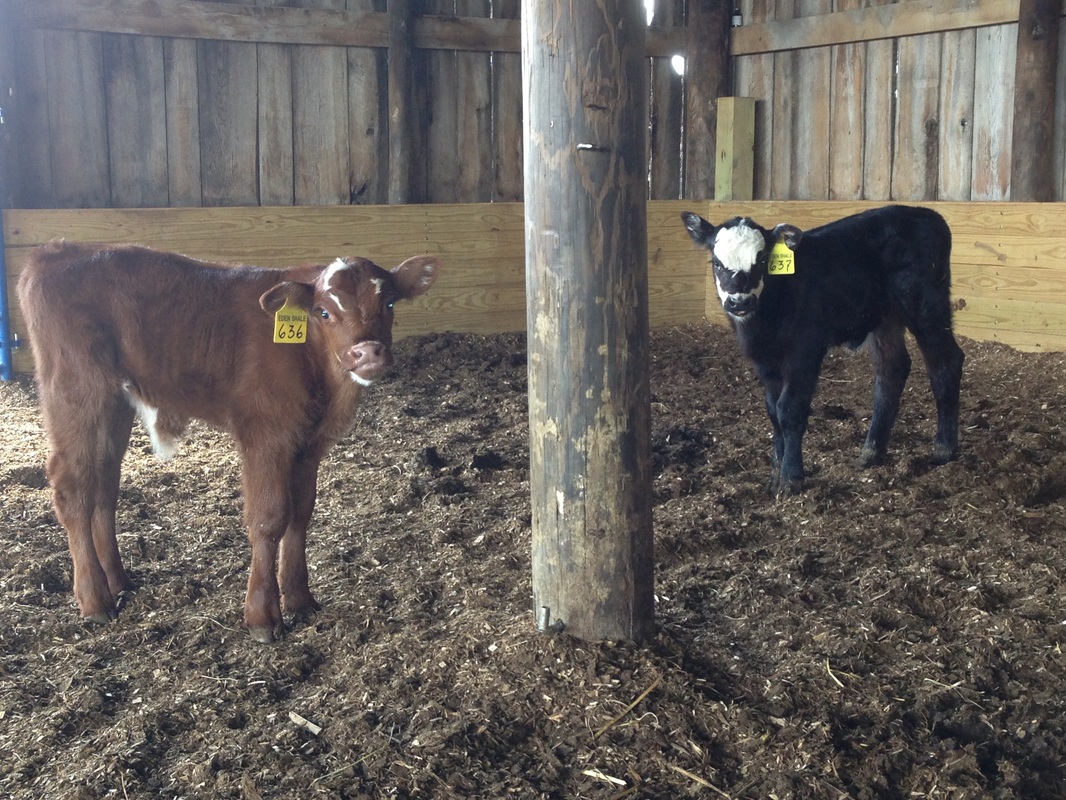
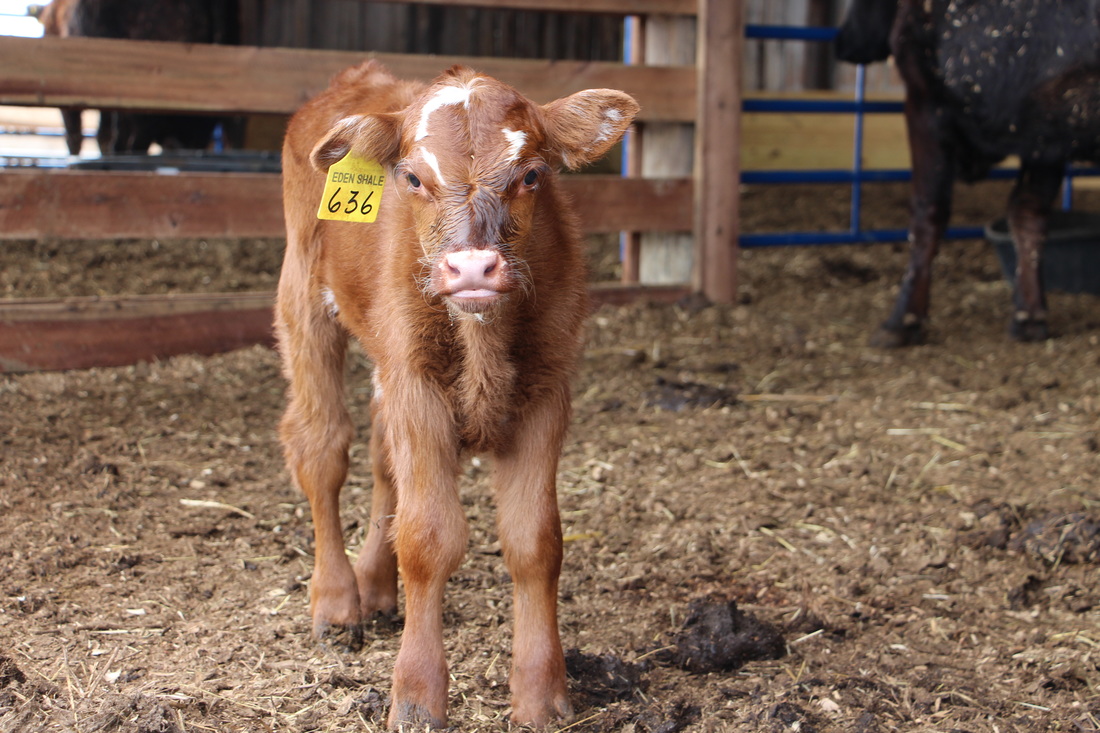
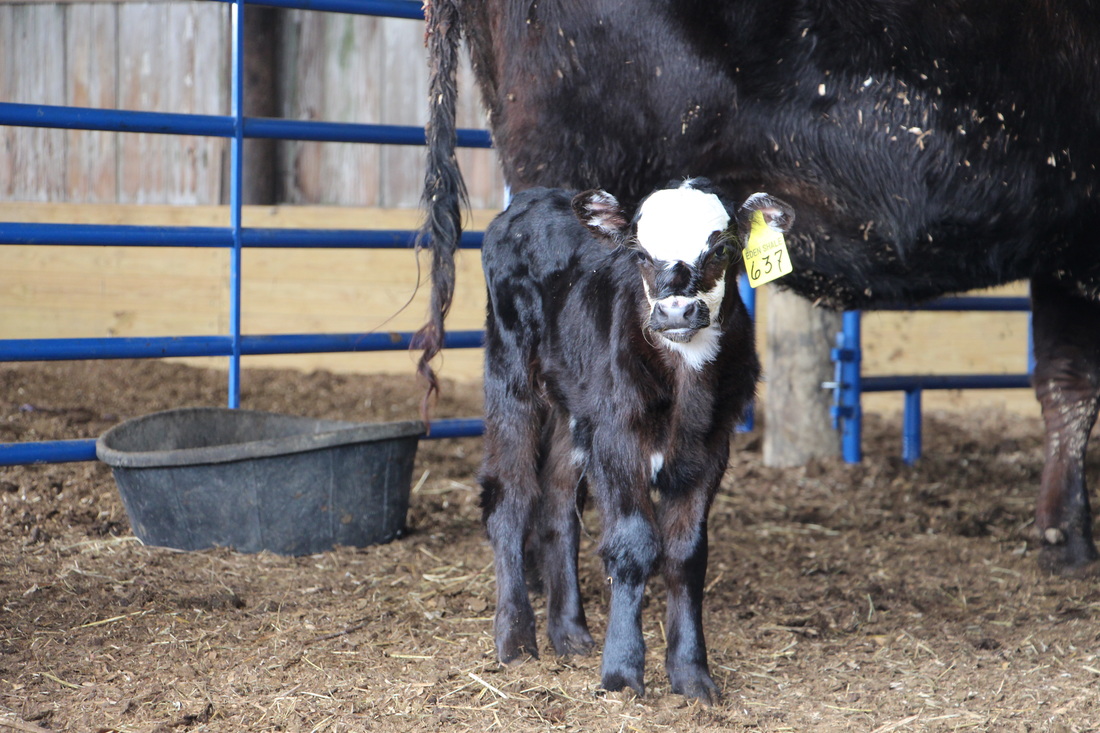
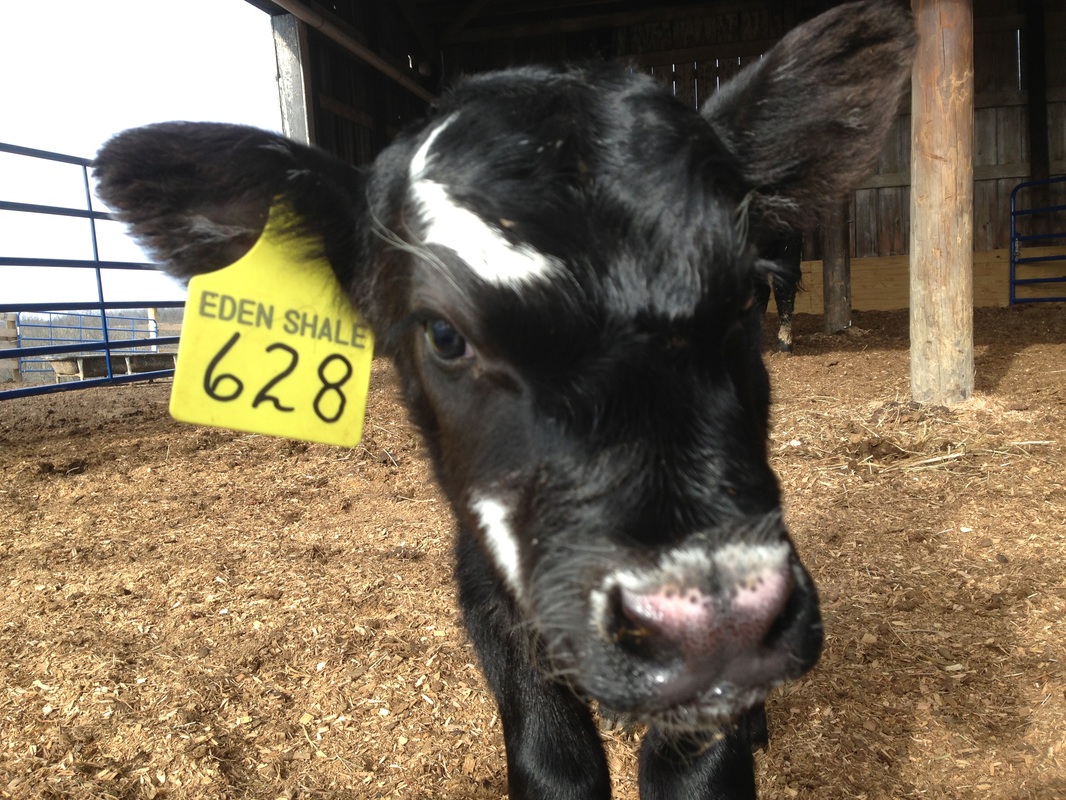
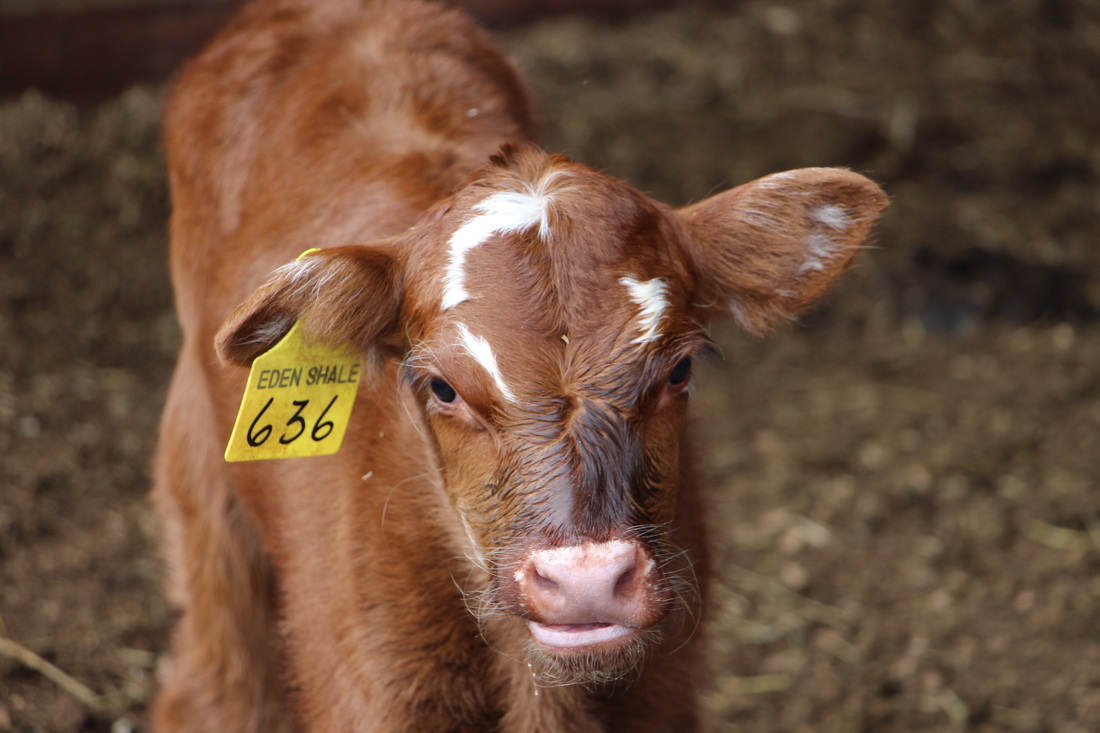
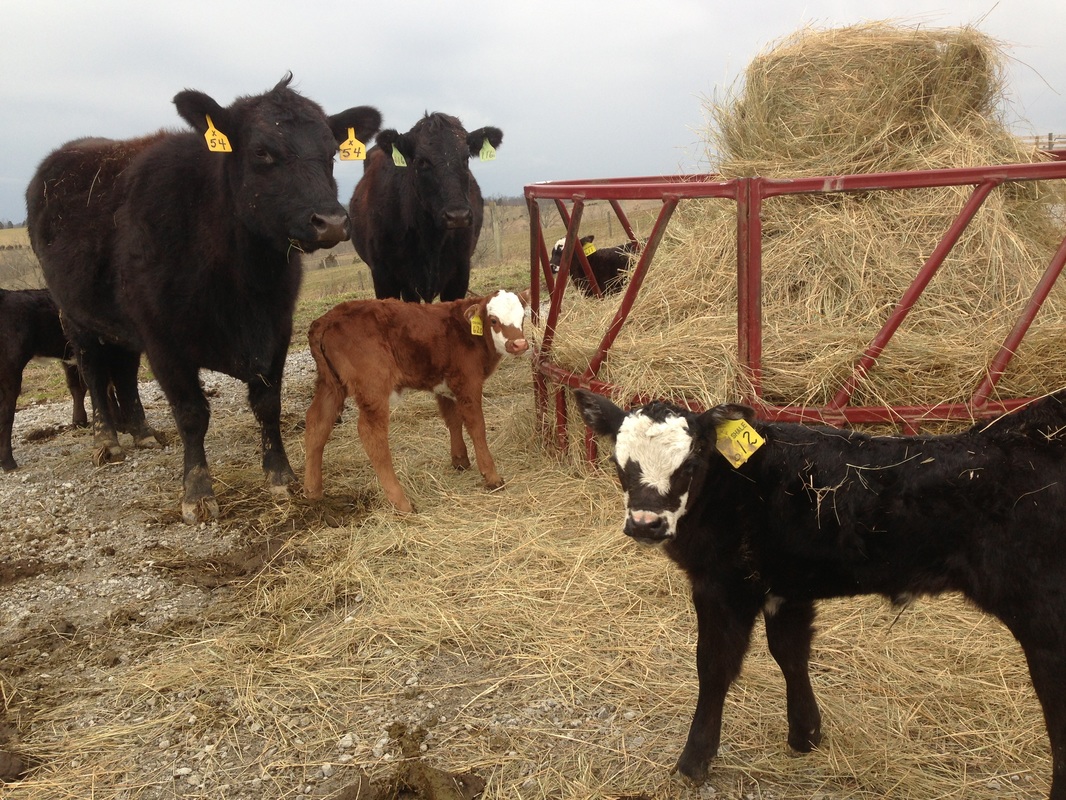
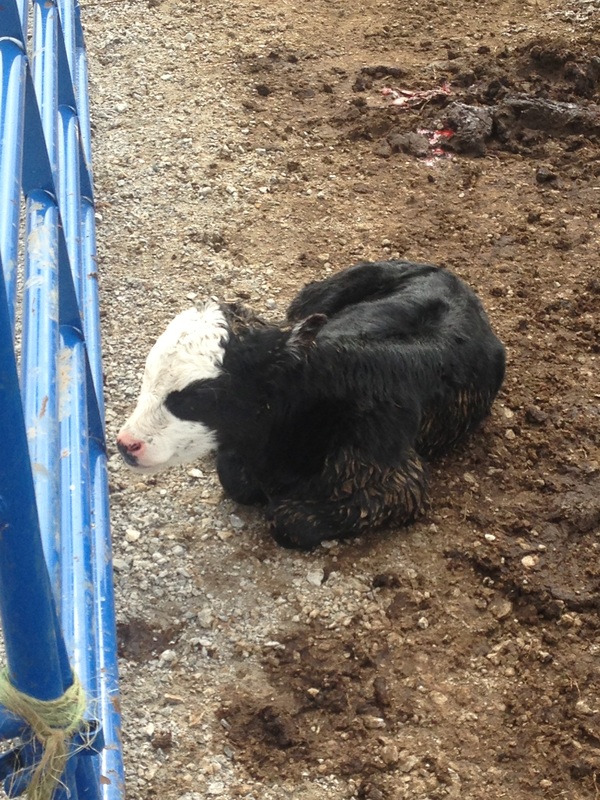
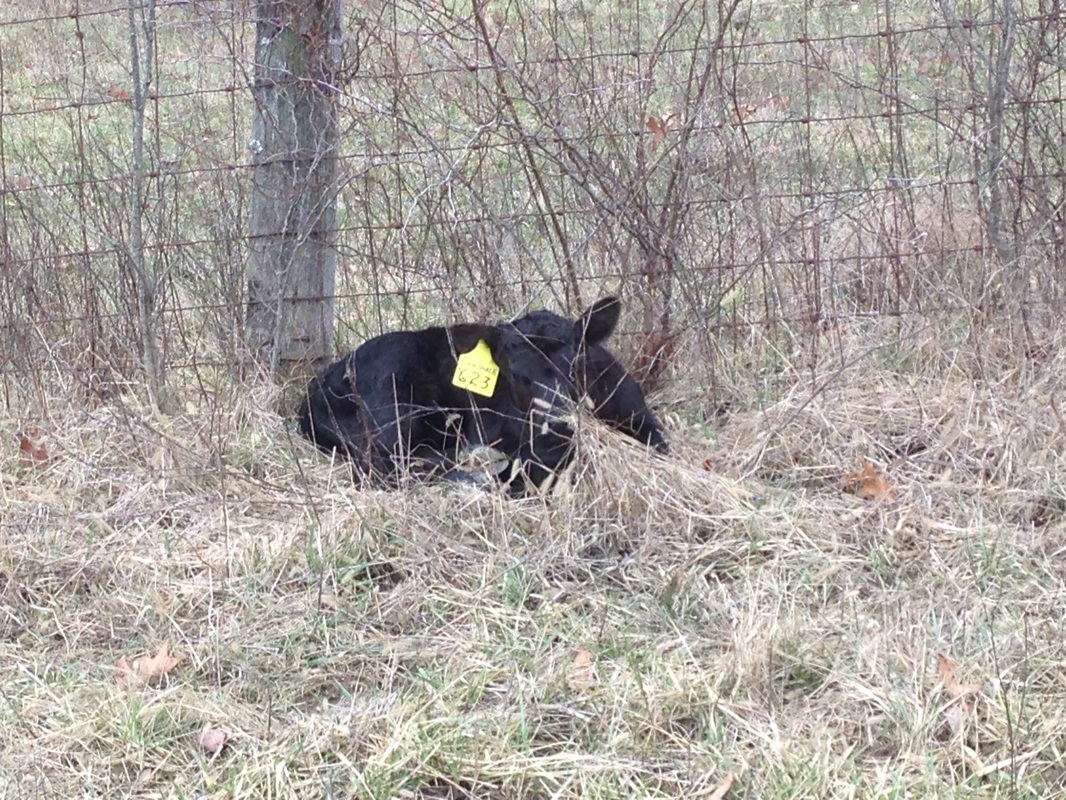
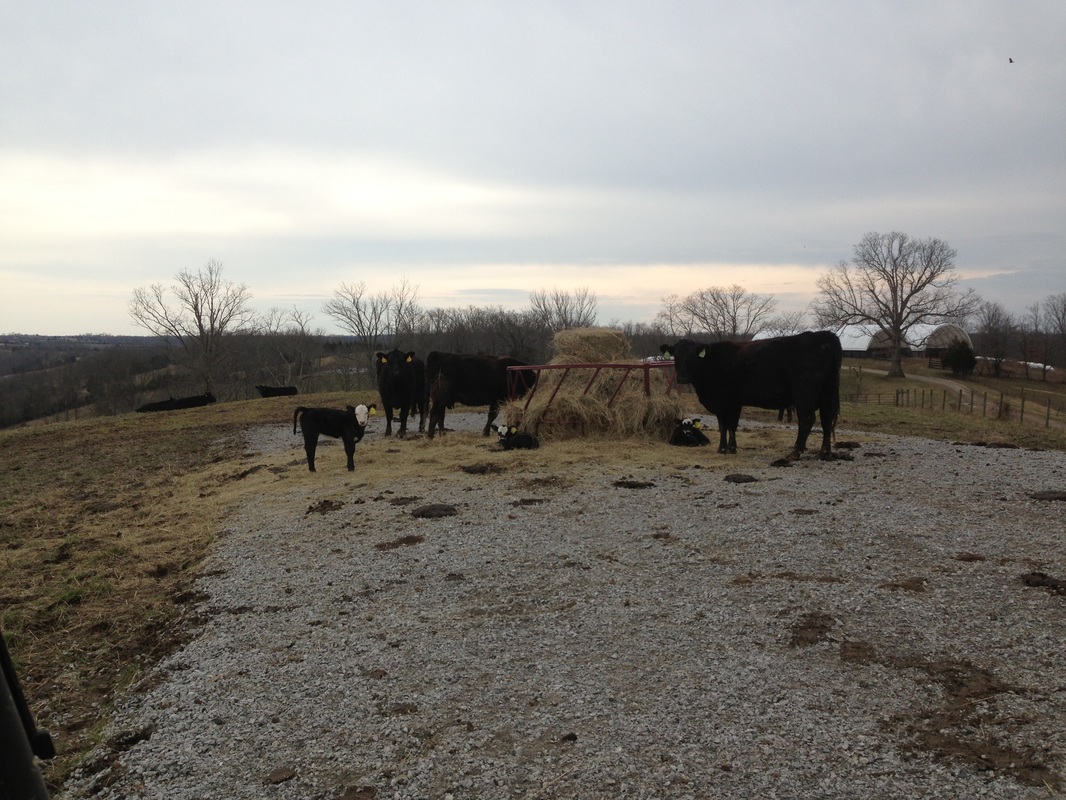
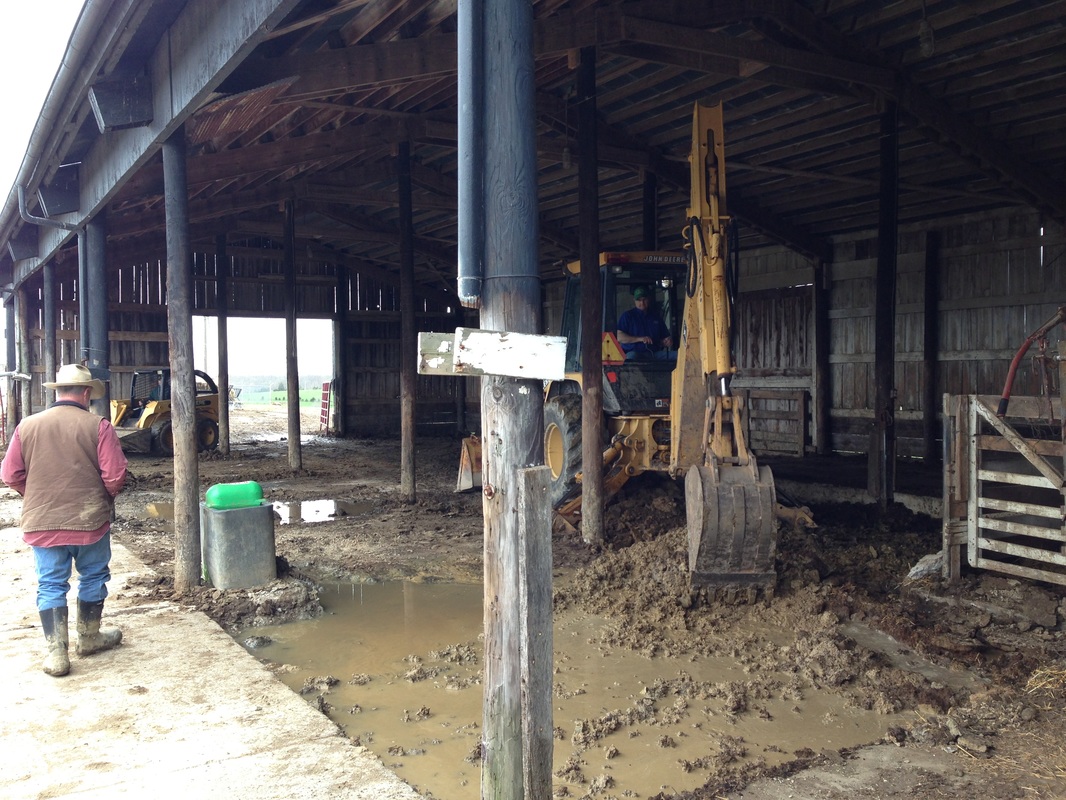
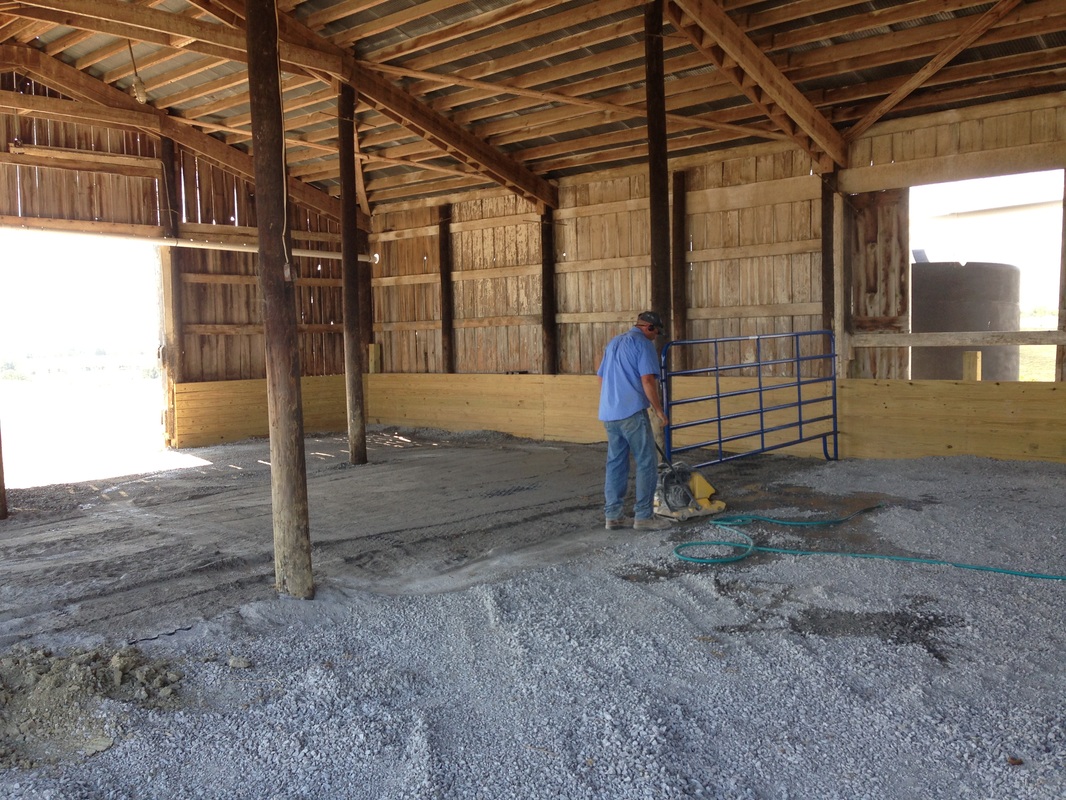
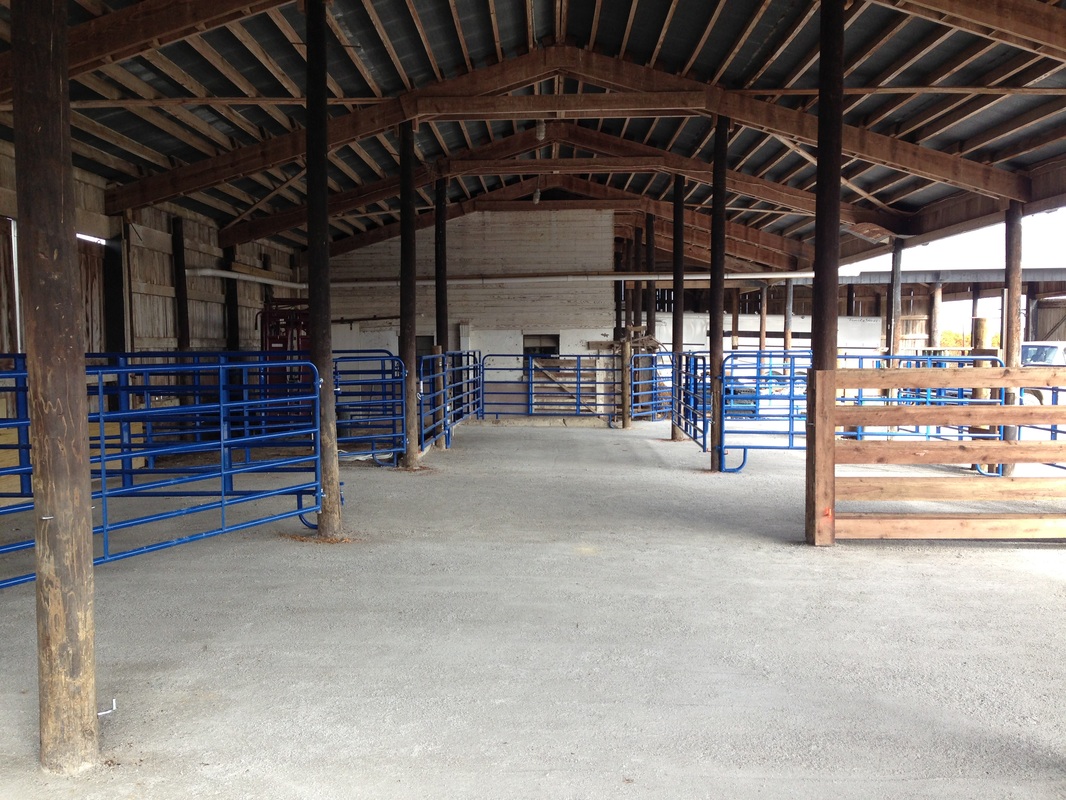
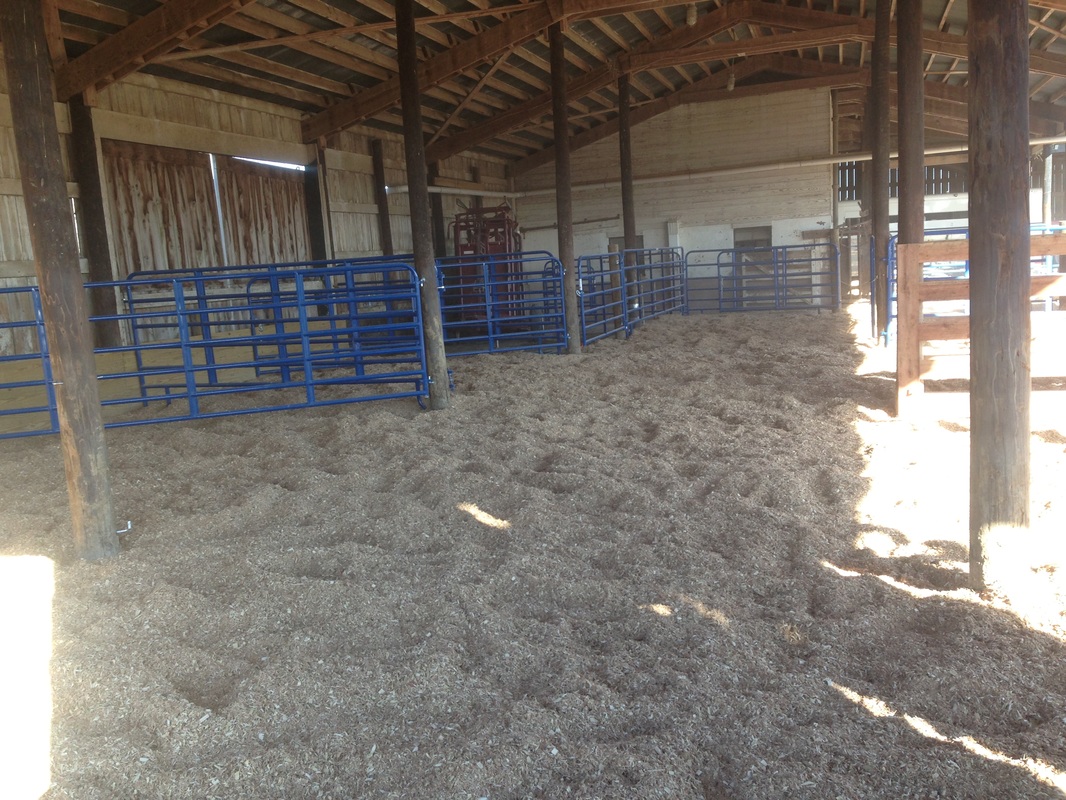
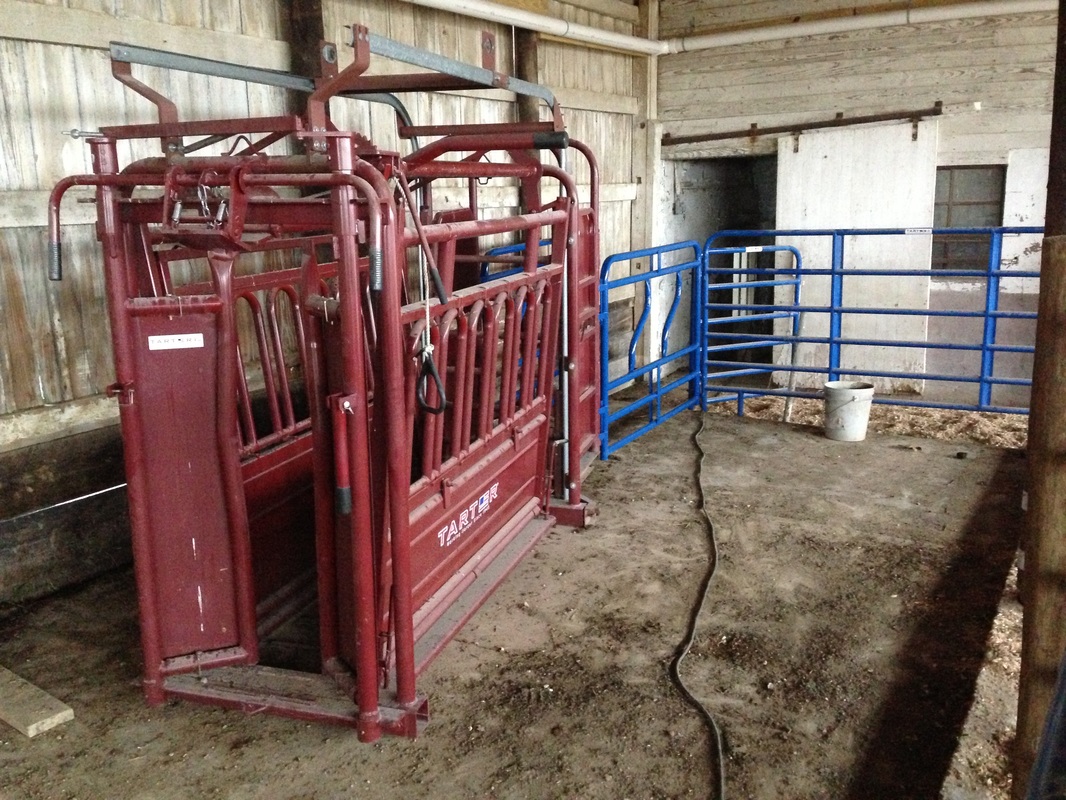
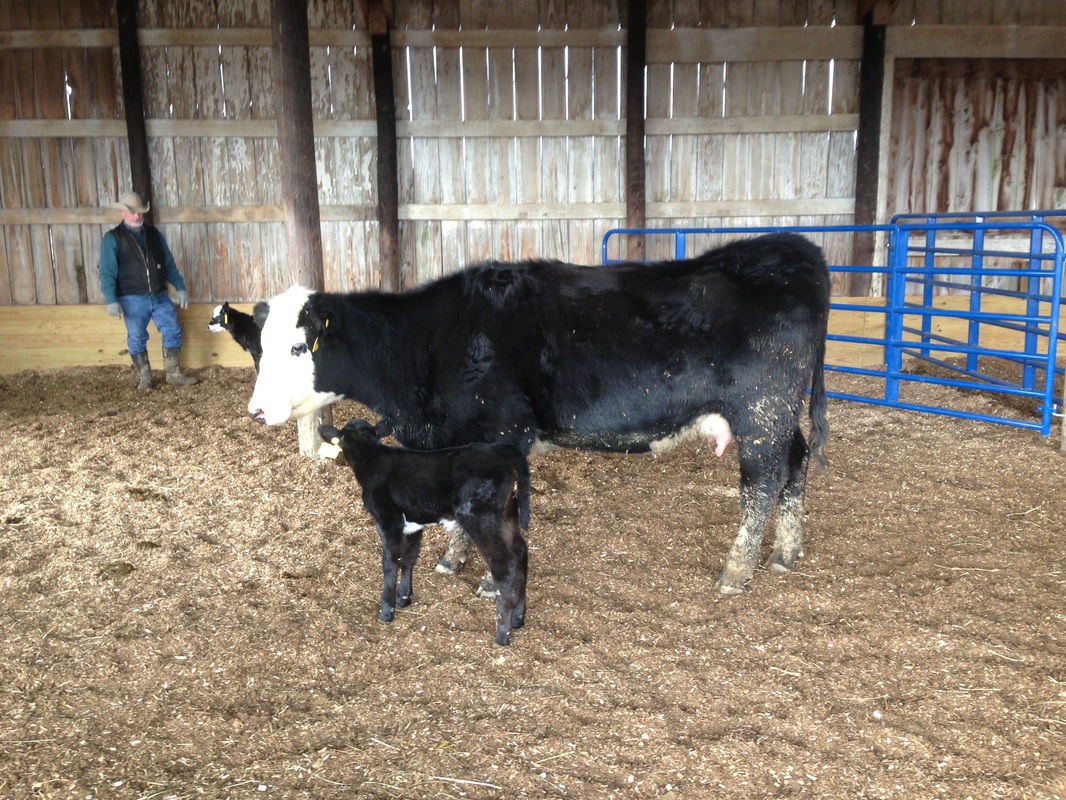
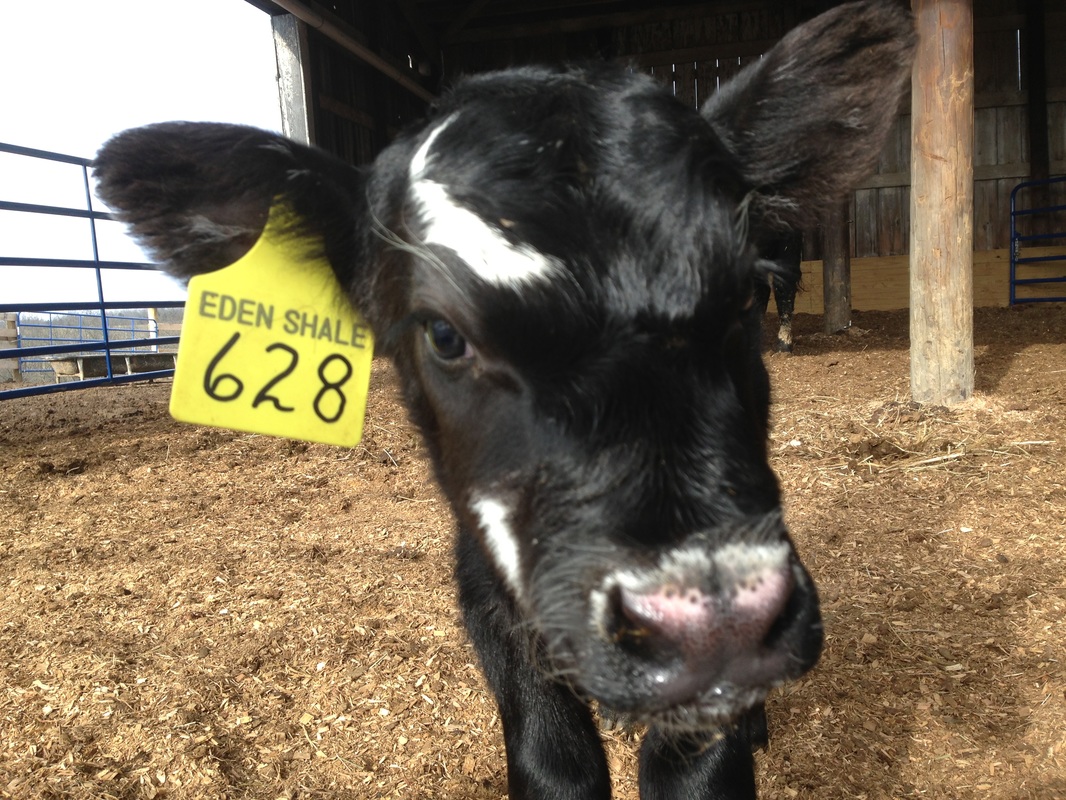
 RSS Feed
RSS Feed
